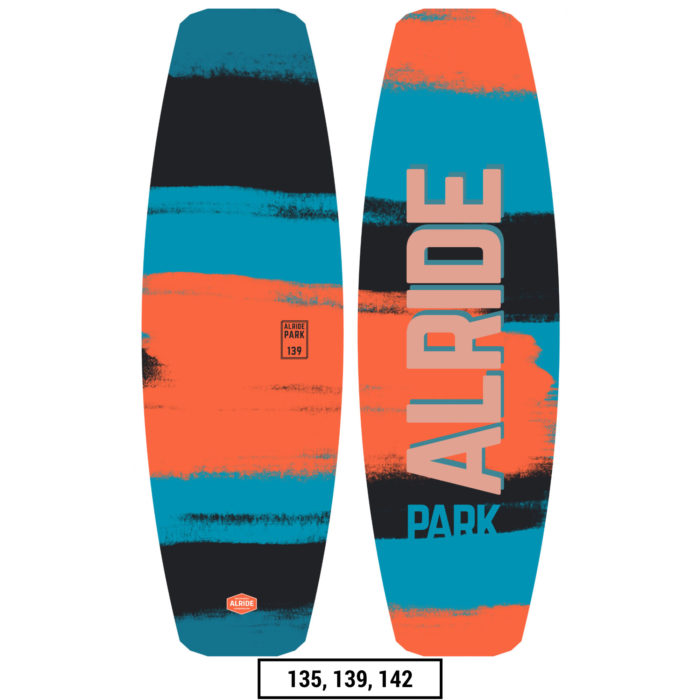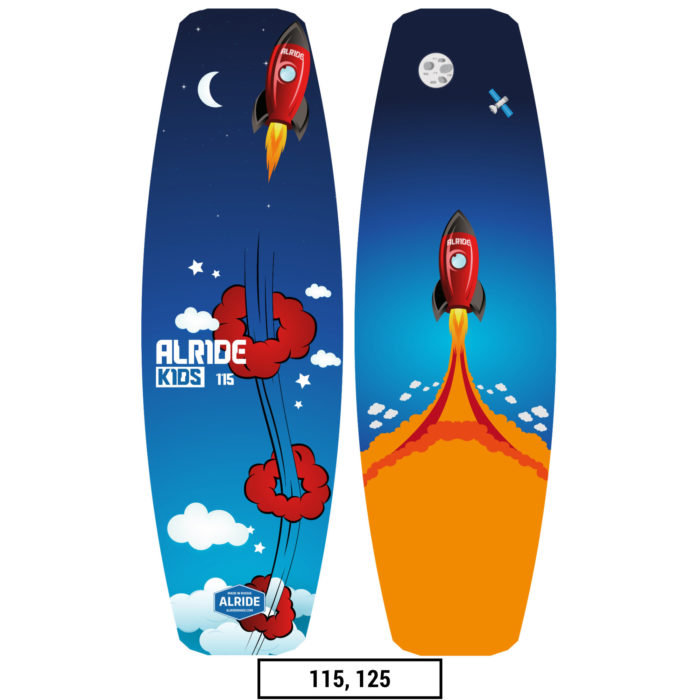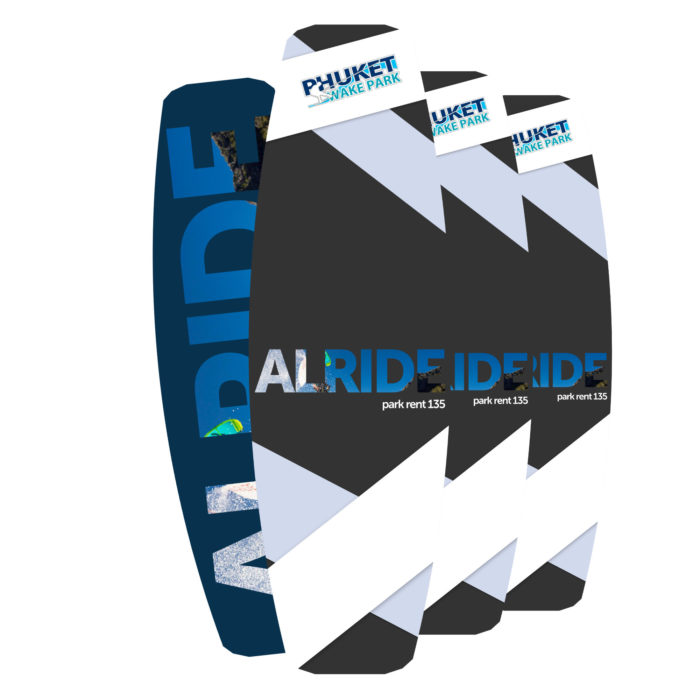How to Choose a Wakeboard
The best wakeboard is the one that works right for you. With so many options available to you when picking a new wakeboard, where do you even begin? Of course you could choose a wakeboard based purely on the graphics or the pro rider’s name attached to it, but you probably wouldn’t end up with the model best-suited to your level or type of riding.
This is where we step in. Allow us to give you some key information on many of the features found on today’s wakeboards. Armed with this new knowledge, you’ll be able to buy a wakeboard that’s a great match for your riding style. A word of note: This guide is a great starting point for buying a new wakeboard. Narrow your picks down to a couple of models, then head to your local pro shop and ask about a demo. Nothing beats testing a wakeboard to learn its riding characteristics.
Size
Longer boards benefit larger riders, and vice versa, but if you’re going to err in one direction, go big. Larger boards provide more lift; beginners will have an easier time getting up, while advanced riders will enjoy more pop off the wake. Bigger boards are also more stable and more forgiving on landing. Looking for a rough starting point?
Construction
The typical wakeboard is a sandwich: compression-molded, high-density, closed-cell polyurethane foam at the core with top and bottom layers of fiberglass, often wrapped over the edges to strengthen the board and reduce the chance of delamination. Beginner boards typically feature more flex and higher-end boards greater stiffness.
Rocker
Rocker, or the board’s tip-to-tail curvature, has the greatest effect on a board’s ride and feel. A “continuous,” rocking-chair-like arc will deliver a predictable carve, smooth pop off the wake and soft landings. In contrast, a “three-stage” rocker creates less drag, accelerates faster and gives a more powerful, bucking kick off the wake due to the flat spot in the middle of the board. Many designs (blended, abrupt continuous, and subtle three-stage) attempt to combine the two, keeping both the explosive pop and the predictable, smooth ride.
Shape
A rounded tip and tail more easily switch from edge to edge, smoothly release off the wake and prove easier for spin tricks. Wider, square ends transition slower from edge to edge but feel snappier off the wake, making them better for inverts.
Additional Gear
Fins
Smaller outer fins stay in contact with the water when the board is put aggressively on edge, and reduce the chance of the board catching in the water during spins. A deeper center fin will provide more bite and stability for beginners. A common combination? Shallow, fixed outer fins paired with a removable, deeper center fin.
Binding
Entry-level bindings typically feature a lace or Velcro closure and a liner that can expand or collapse to accommodate a wider range of sizes. Advanced bindings are more size-specific and feature more supportive foot beds and stiffer, more form-fitting construction for increased performance and response.



























